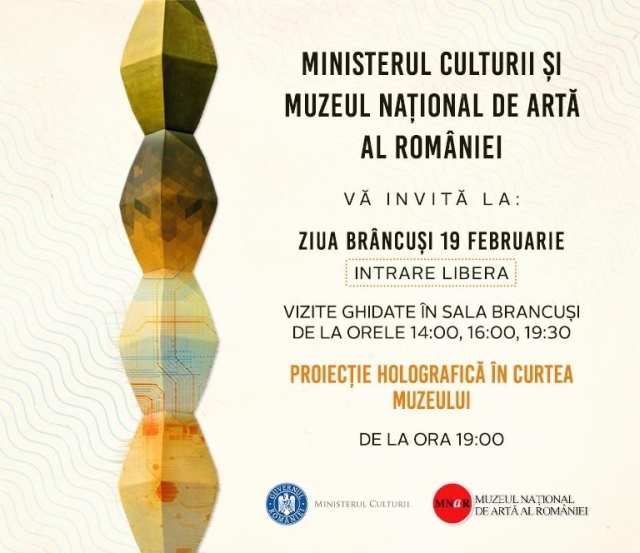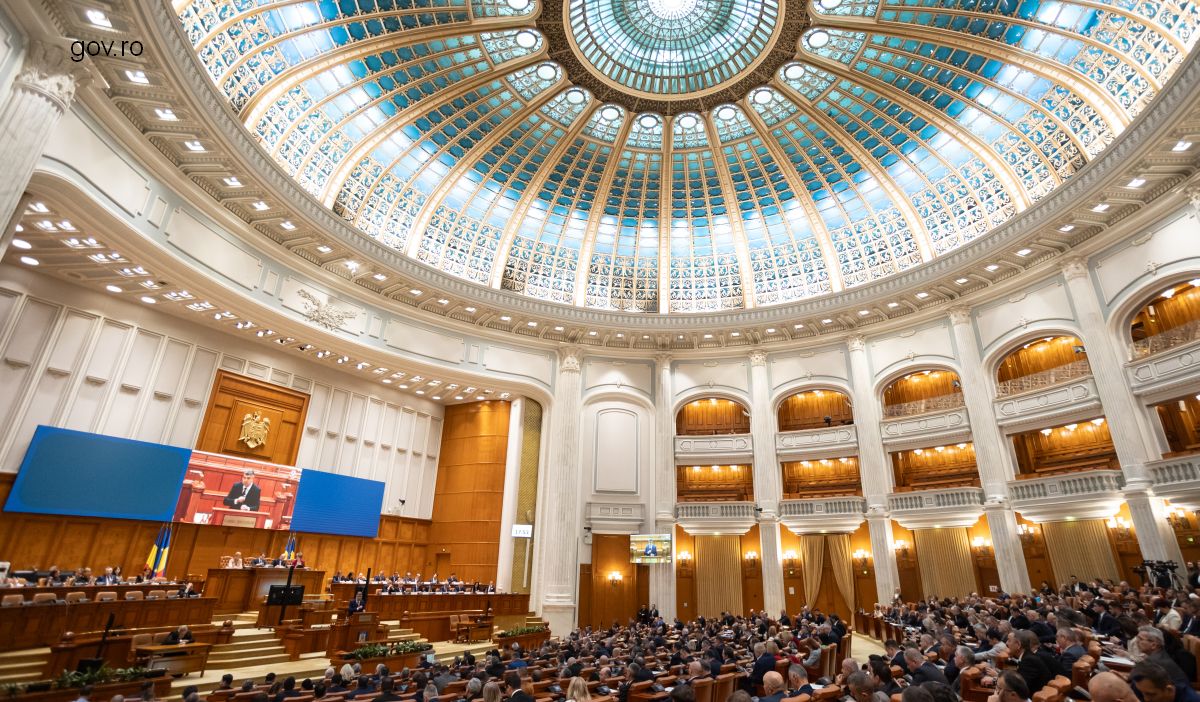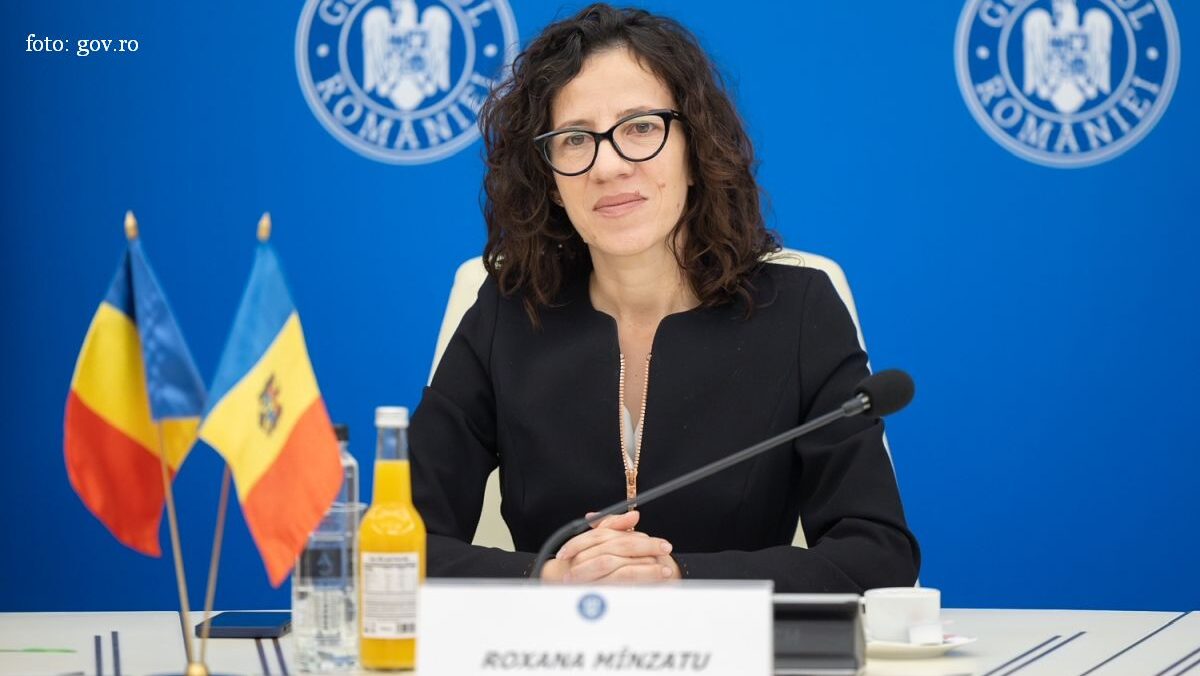The day when Brâncuşi was born
Brâncuşi Day is being marked in Romania through several events held in Bucharest and other cities across the country.

Corina Cristea, 19.02.2020, 13:50
A pioneer of modern abstract sculpture, the Romanian Constantin Brâncuşi is considered one of the greatest sculptors of the 20th century. He is famous for the refined polishing of his bronze and marble works, for his sculptures representing ovoid heads and flying birds, and his wooden sculptures inspired from Romanian folklore.
Through his works, Constantin Brâncuşi contributed to the renewal of the artistic language and vision of contemporary sculpture. February 19 became in 2016 Constantin Brâncuşi Day, which is marked annually by special events. This year, to celebrate Brâncuşi Day, the ‘Constantin Brâncuşi’ National Museum was inaugurated in Târgu Jiu (in the south) in the Barbu Gănescu House where the sculptor lived during the period when he worked for the monumental ensemble called ‘The Heroes’ Path’ made up of the Endless Column, the Table of Silence and the Gate of the Kiss.
In Bucharest, the National Art Museum of Romania decided to offer free access to visitors, scheduling guided tours in the Brâncuşi Hall of the National Gallery. Starting with the work ‘Head of a child’ presented at the Paris Official Exhibition of 1906 and ending with ‘Prometheus’, Constantin Brâncuşi’s works, showcased at the National Art Museum of Romania, illustrate the sculptor’s stylistic development up to the moment when he abandoned the useless details in favor of shapes.
The collection also includes two maquettes reproducing a ‘Stone Chair’ and the ‘Pillar of the Gate of the Kiss’ for the Târgu Jiu monumental ensemble as well as a rare graphical work — an elegant nude female drawing. Also on display at the Art Museum are 4 works with which the museum participated in the exhibition entitled ‘Brâncuşi. Sublimation of form’ as part of the EUROPALIA festival from Brussels. The 2019 edition of the Europalia Festival was devoted to Romania, with focus on Brâncuşi’s work.
To bring Constantin Brâncuşi closer to the public, a projection mapping show was prepared that includes holograms of the sculptor and of his most famous works. Far away from his home country, Constantin Brâncuşi wrote in his will that he bequeathed to the Romanian state all the works in his workshop from France, namely more than 80 sculptures, on condition that his workshop was turned into a museum and restored to its original shape.
Brâncuşi’s inheritance was refused by the then Communist government, but it was gladly accepted by France, therefore the Modern Art Museum of Paris, the Pompidou Centre, shelters an impressive number of works by Constantin Brâncuşi and all the objects from his workshop. It was barely in 1964 that Brâncuşi was ‘rediscovered’ in Romania as a national genius. And in 1990 he became a member of the Romanian Academy posthumously. (translation by L. Simion)






























